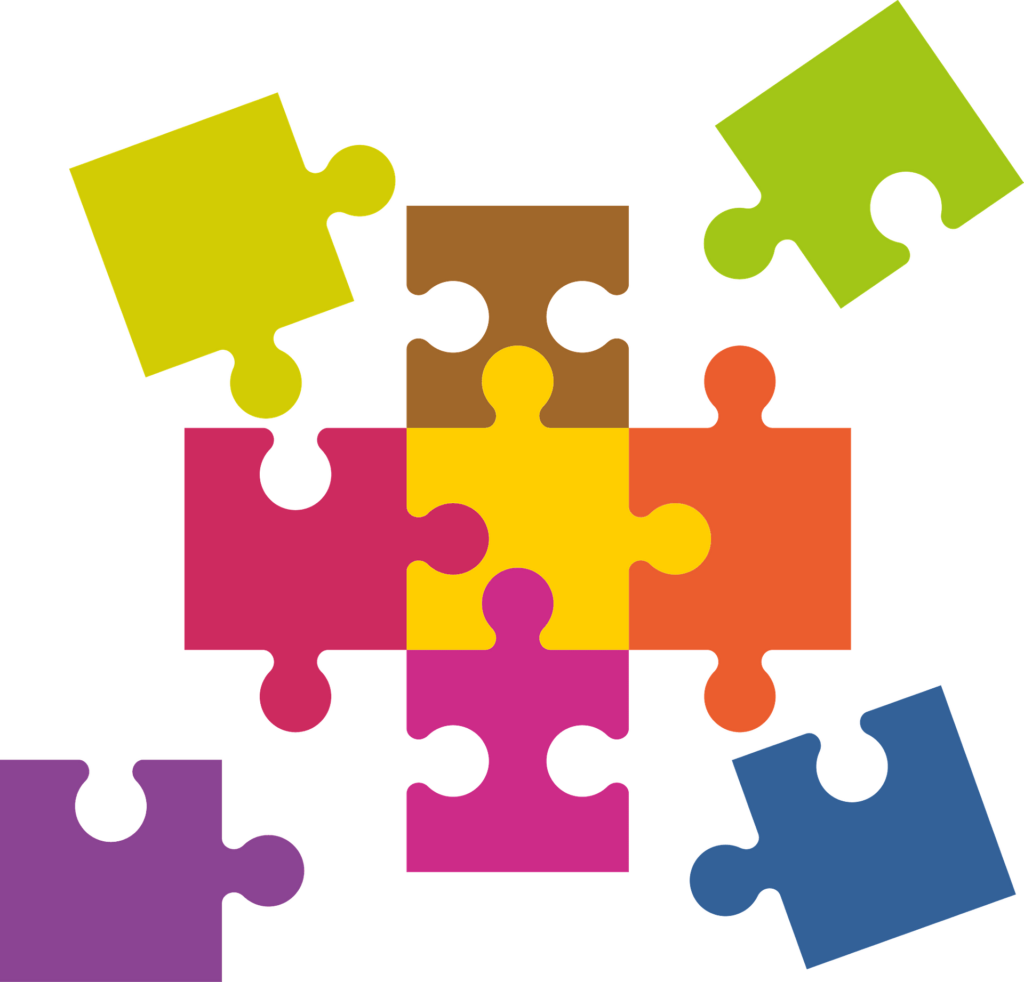
New Technology = So Much Confusion
Whenever a new technology comes about, there’s usually quite a bit of confusion associated until the meaning is self-evident. I remember when the usage of the word ‘cloud’ was said by so many people, back when ‘web 2.0’ was also a common thing to say. In my experience, not a lot of people seemed to fully understand what ‘cloud’ meant (myself included), outside of a high-level and obscure reference to computer infrastructure that you don’t see. At the time I was an IT systems engineer and didn’t understand how that would be possible and bordered on magic. That was a turning point for me because I very much wanted to understand all things technology so I started my journey of investigating new things I hear about.
Over the past few years blockchain, NFTs and cryptocurrency have created new words for the public’s lexicon which implicitly leads to a level of confusion. This post will hopefully clear up in a simple way what the blockchain is, what it isn’t, how it can be applied with some links for further reading. I will also be looking at creating specific articles around NFTs and cryptocurrency coming up. I am starting with the blockchain first because it’s the foundation technology that enables NFTs and cryptocurrency to exist.

What the Blockchain is
Blockchain technology is essentially a method for taking a list of transactions (think of an accounting ledger) and breaking them out into individual and linked together blocks versus being a centralized and contiguous piece of data. Why do that? A few different reasons:
- Transparency – Blocks within the blockchain are visible to everyone participating in that blockchain, this is especially important for public blockchain technologies like cryptocurrencies such as bitcoin.
- Data Integrity Security – Each participant in the blockchain take their respective data block, as well as copies of other data blocks and double check each others work. This enables a level of tamper-proofing and improved data integrity by different actors or organizations participating in the blockchain.
- Encryption Security – Algorythmic encryption is used in both in transit and at rest when forming a linkage or ‘chain’ from one data block to another making manipulation incredibly challenging if not impossible to accomplish.
- Efficiency – Blockchain enables a level of efficiency building on some of the other benefits like transparency and security. Within business and financial use cases, you shouldn’t need traditional paper-driven processing middle-men.
Blockchain is a foundational technology that has multiple different potential applications which are described below.

What the Blockchain isn’t
The blockchain is not:
- The all knowing space baby at the center of the universe
- A vehicle in and of itself to enable a person to become a billionaire overnight
- An NFT
- A specific type of cryptocurrency
- Evil

Potential Applications
I think we will be seeing a lot of upsetting and poor applications of this promising technology enables in upcoming years, including but not limited to getting rich quick schemes and new and creative ways for ethically void people to swindle their fellow humans. As I write this, we’re already seeing it with some questionable use cases of NFTs and cryptocurrencies. More on this in those respective articles.
Here are some potential (and actual) applications of blockchain technology:
- Cryptocurrencies – A completely liberated form of currency that can enable privacy and complete anonymity. Cryptocurrency is the closest digital form of physical cash that I’ve seen.
- Non-Fungible Tokens (NFTs) – There’s a lot to say here, but the elevator pitch is taking intellectual property (or non-physical goods) and being able to transfer ownership. Whether we’re talking licensing, investment propisitions (like shares of ownership for a movie as a financial vehicle as an example), unique digital pictures, etc.
- Personal Electronic Medical Record – Imagine if your medical record and history was accessible by you and all of your providers (or anyone you deem appropriate), and your providers could all contribute to your blockchain driven medical record with blood results, physician notes, any test, etc. No more clipboards – just authorizing access to your data!
- Real Estate Transactions – Secure, electronic and streamlined processes could simplify real estate transactions even more than they have in the last 15 years.
- Anything Supply-Chain Related – Whether it’s making a widget across different organizations with different IT software or it’s trying to efficiently get a widget from one place to another, a blockchain driven secure ledger could be a key foundational piece of technology that could be incorporated.
- Multiple Government Records and Systems – Fully transparent and secure record keeping, either for different functional aspects of government or personal data integration… I’m thinking getting drivers license renewed would be a simple process without needing to take any documents because the department of revenue could access my ‘government blockchain’ record so it knows if I paid personal property tax to the county for example.
- Sky’s the limit – there are more potential applications than what I have listed above, above are just top of mind.
A common thing I hear is that ‘well, you don’t NEED blockchain to do these things… it’s possible without blockchain!’ – which is true. In order to successfully do the above, is a significant amount of bespoke or customized software would have to be created on a per-system basis (APIs) to enable the different organizations to ‘talk’ with one another electronically which means significant and costly initial rollout and long term support challenges vs a standardized secure framework like blockchain technology. If this framework can be adopted, the impact on daily lives could be tremendous!

Further Reading
- IBM’s Article with videos, use cases and FAQ
- Blockchain Wikipedia article
- SimplyExplained Youtube Video
- NerdWallet Article